The Bylanes Of North Kolkata
Getting lost has never been so old world and back in time as in the bylanes of North Kolkata. Memories from a walkaround.
I’m having a Charulata-type* moment, or at least imagining myself to be in one. I look up at the balcony in an old apartment in North Kolkata, its green shuttered windows obscured in the shade of a beautiful awning — a lacy finesse worked into the stone, a fading beauty almost invisible in the tangle of wires crisscrossing overhead and the exposed bricks of other older buildings in disrepair.

I imagine the women who lived there, peeking through those green shutters, at the roadside vendors, or perhaps awaiting that much-anticipated visitor. Did they look up to that beautiful trellis-like awning? Did they have a say in the design? Probably not. And I’m instantly glad to be back in a world where I don’t have to peek at it through window shutters.
When done on foot, with time and at least once with the right guide, North Kolkata is a revelation.
Even now, in all their crumbling glory, you can peek into the beauty these old buildings once were — there are glimpses of glamour in a faded, stained glass window or in the chipped-off mosaic work above an entrance that probably heralded in distinguished guests to all-male addas (adda= informal get together).
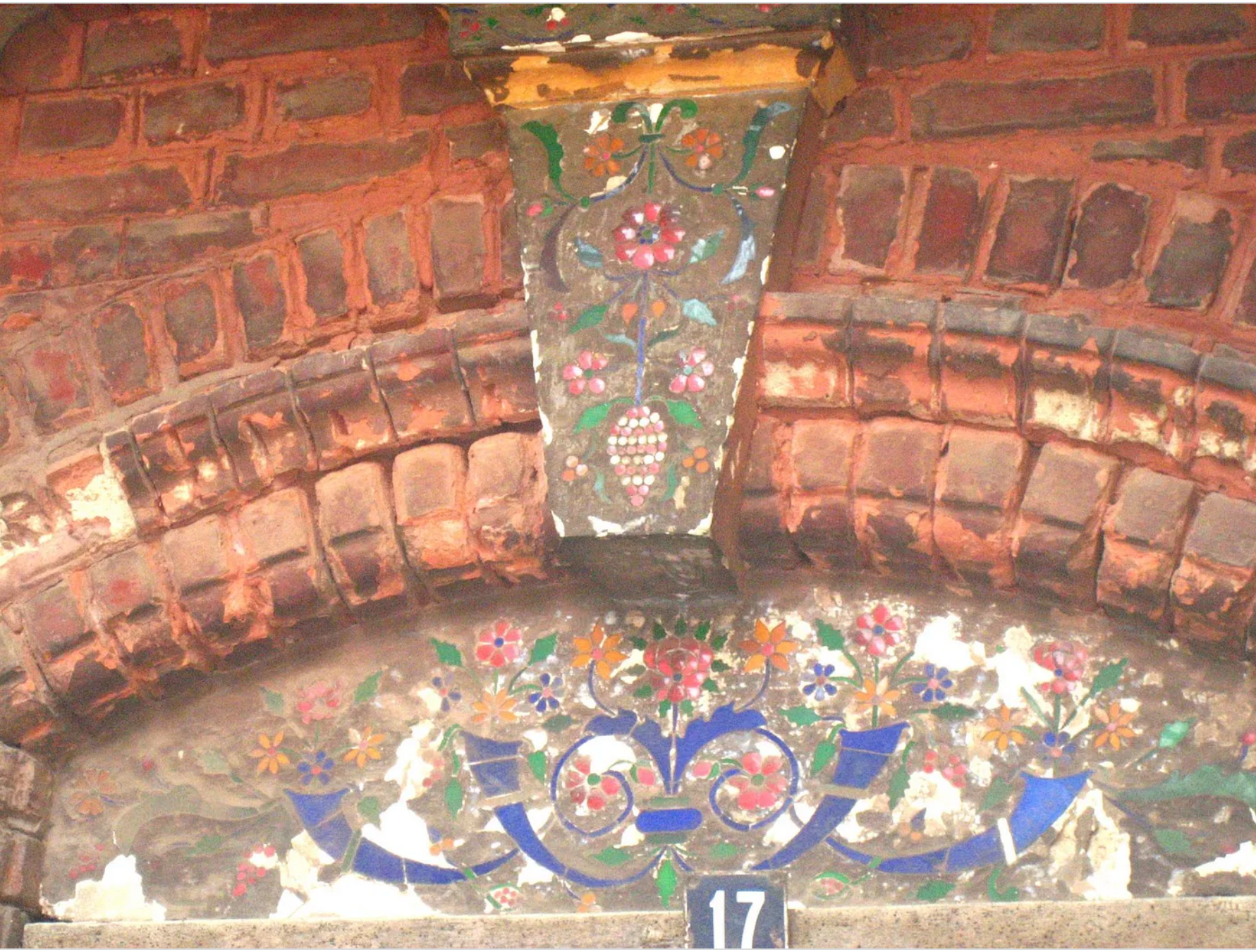
The bylanes of North Calcutta can be cramped with kids playing gully cricket, incessantly honking rickshaws and the occasional speeding van with shrieking schoolchildren. It’s dusty and muddy, especially after a spurt of rain. But when it comes to the old houses that inhabit these streets, look up, and there are some wonderful gems to be found, making you realize why Calcutta was once named the City of Palaces. I discovered it as part of a walk with Calcutta Walks many years ago and kept going back for more on my own. It’s a walk that takes in cast iron balconies imported from England by wealthy merchants, shuttered windows and canons from Siraj-Ud-Doula’s time used for sewerage. In one of the bylanes, I once came upon a fifth-generation family of engravers and trophy makers working in a tiny office hemmed in by trees and hovering buildings.
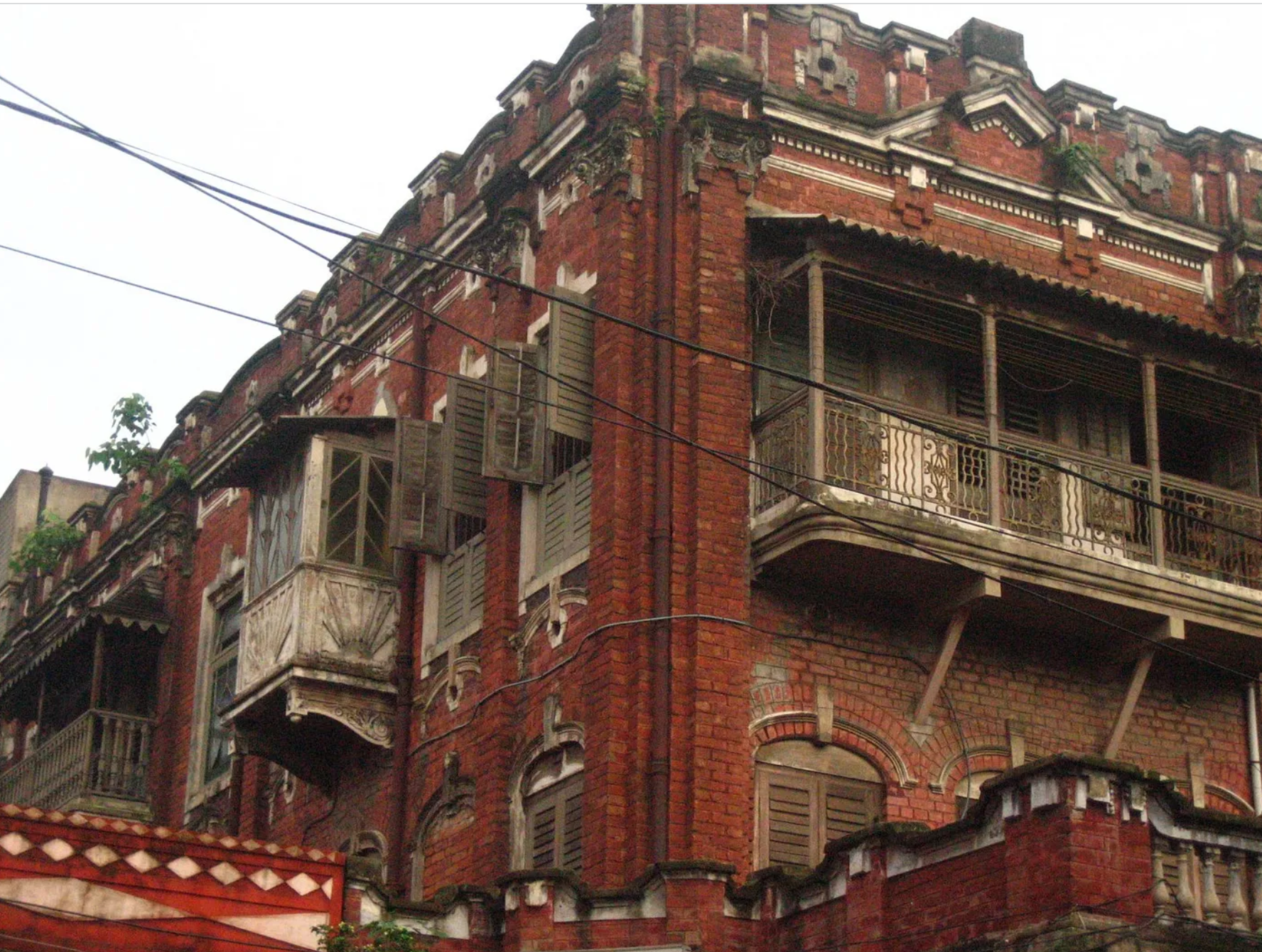
And I came across stories. The red brick mansion above belonged to two rather colourful brothers, nicknamed Chatubabu and Latubabu. This European-style mansion was built in the 1780s by the millionaire Bengali Dey or Deb family with a complete rags-to-riches story. The family has held a traditional Durga Puja since the 18th century. Now it also doubles as an elegant event venue. The brothers, sons of the original merchant who made the millions, were a luxe lot according to Google and local lore. They used to light their cigars by burning 100 rupee notes, says an elderly shopkeeper nearabouts.
It’s easy to get lost in these lanes, leaving the sound of buses, trucks, taxis and cycle rickshaws behind as you delve further in, imagining a lost time of grand mansions with grander owners, a time when Calcutta would’ve been truly magnificent and also perhaps, a bit of a show-off like the wealthy owners of most of these houses were.
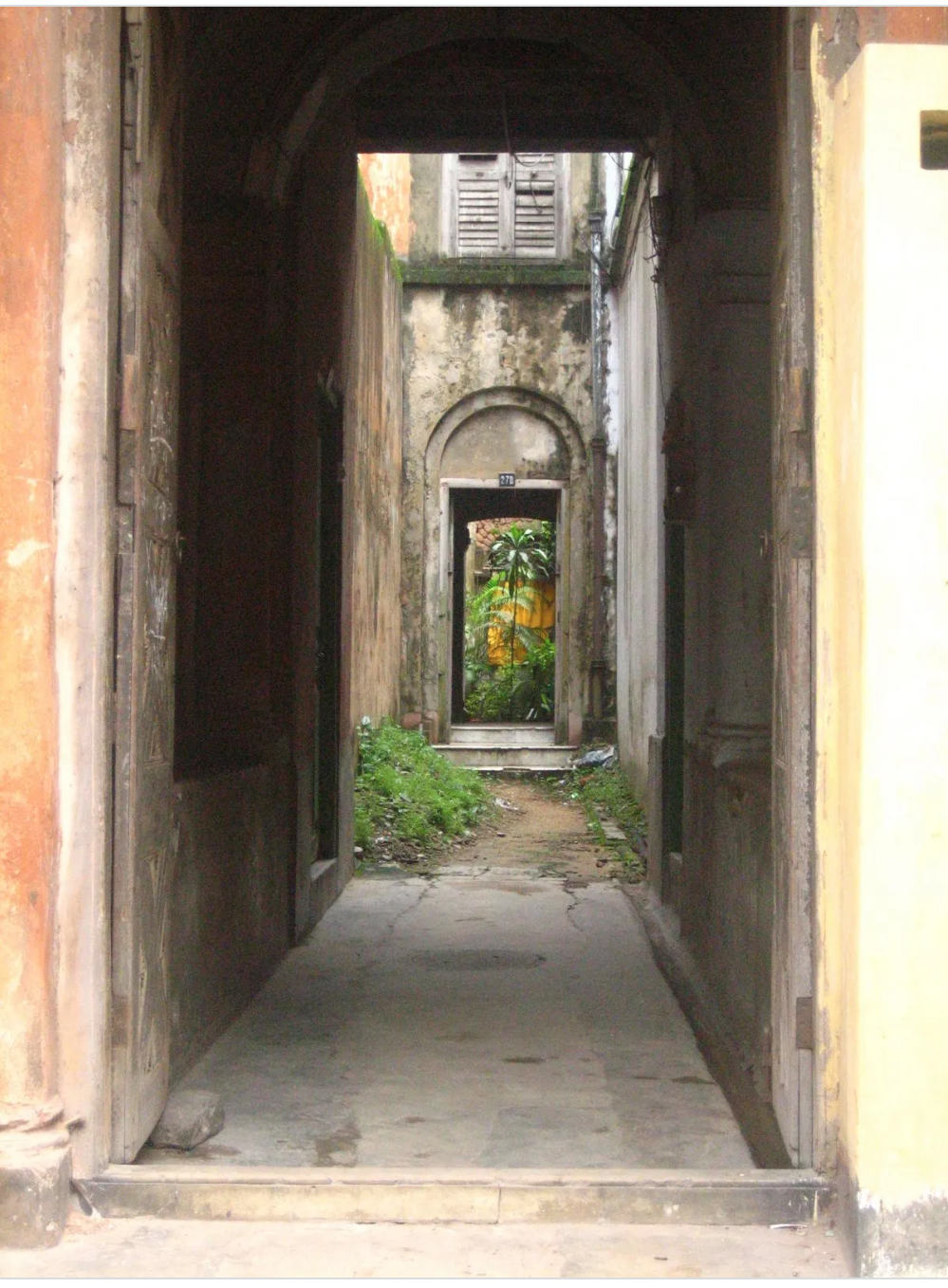
It’s also a walk that makes you incredibly sad. What would have been protected by glass cabinets and marked with blue plaques in Western cities lies in utter neglect. Ornate columns are either decaying or have been whitewashed beyond recognition. Conservation attempts of some mansions are largely off track, with ‘experts’ chosen at the contractor’s convenience.
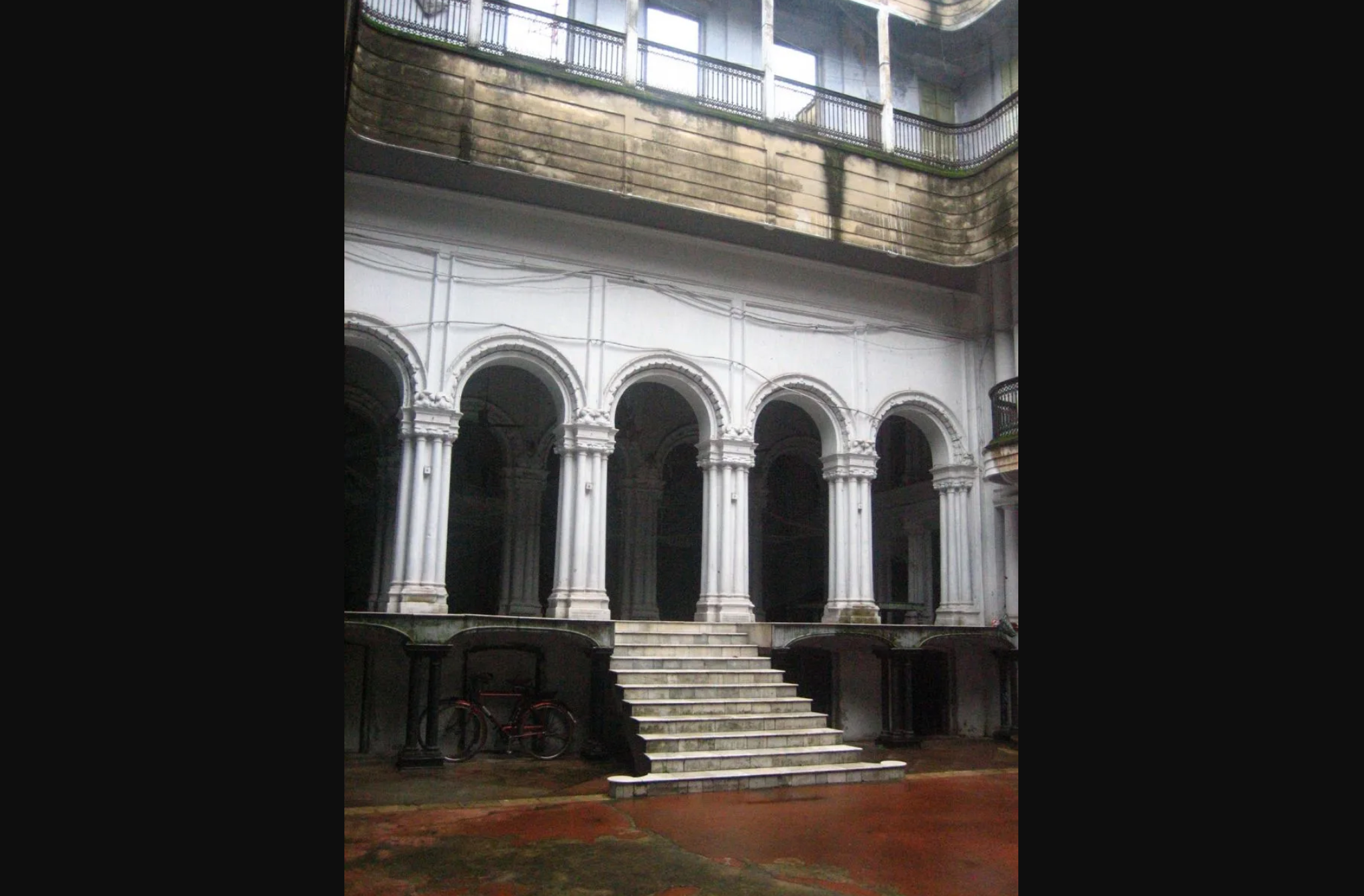
Elaborate Thakurdalans (courtyard where Durga Puja was held) are part of most of the old mansions, though many have fallen apart beyond recognition. You can imagine the women of the family supervising kitchen prep or, perhaps, sitting together, shielded from the afternoon heat, for a gossip session.
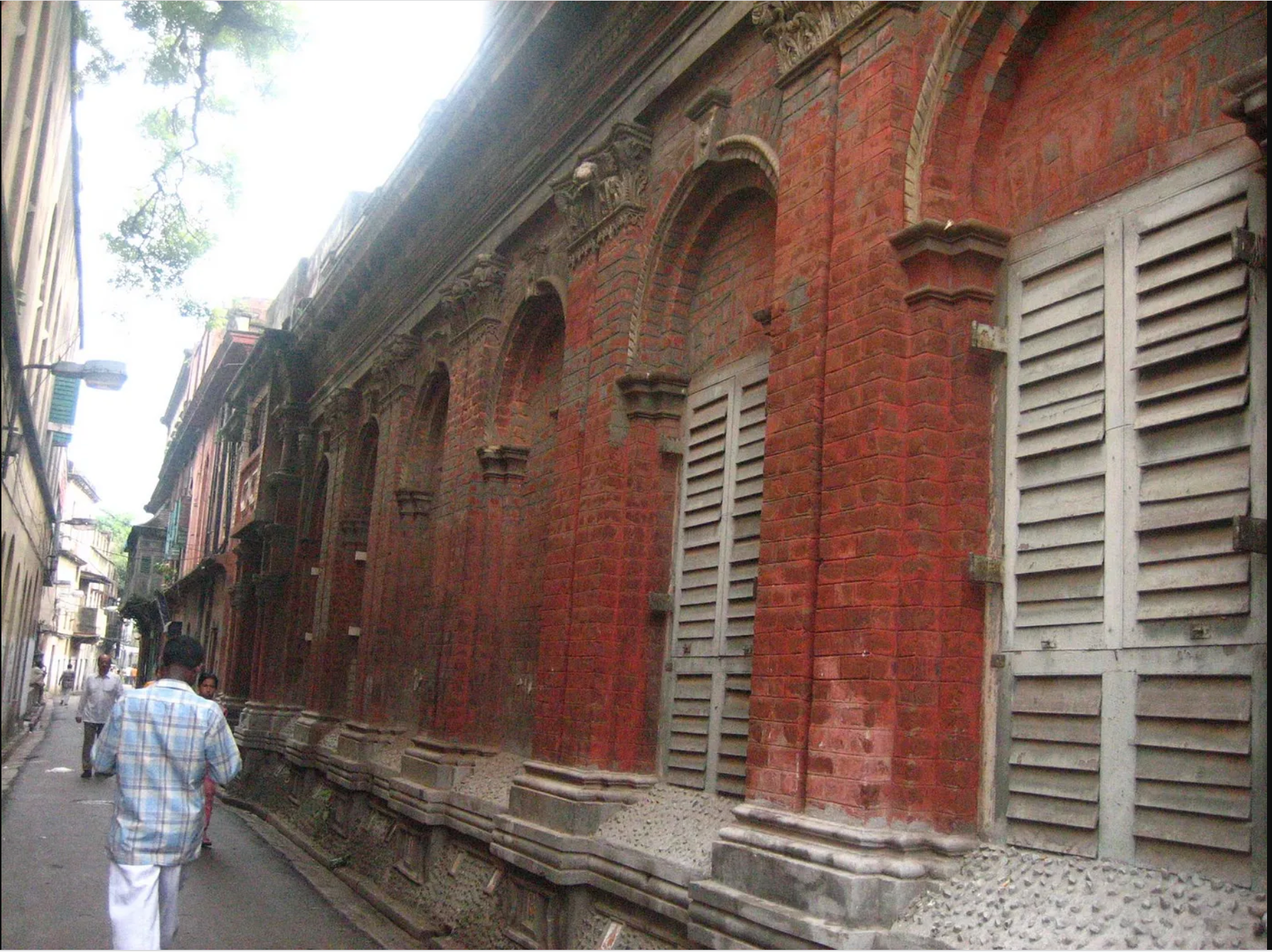
In some places, ruins have grown roots, their decrepit beauty now almost Insta-worthy.
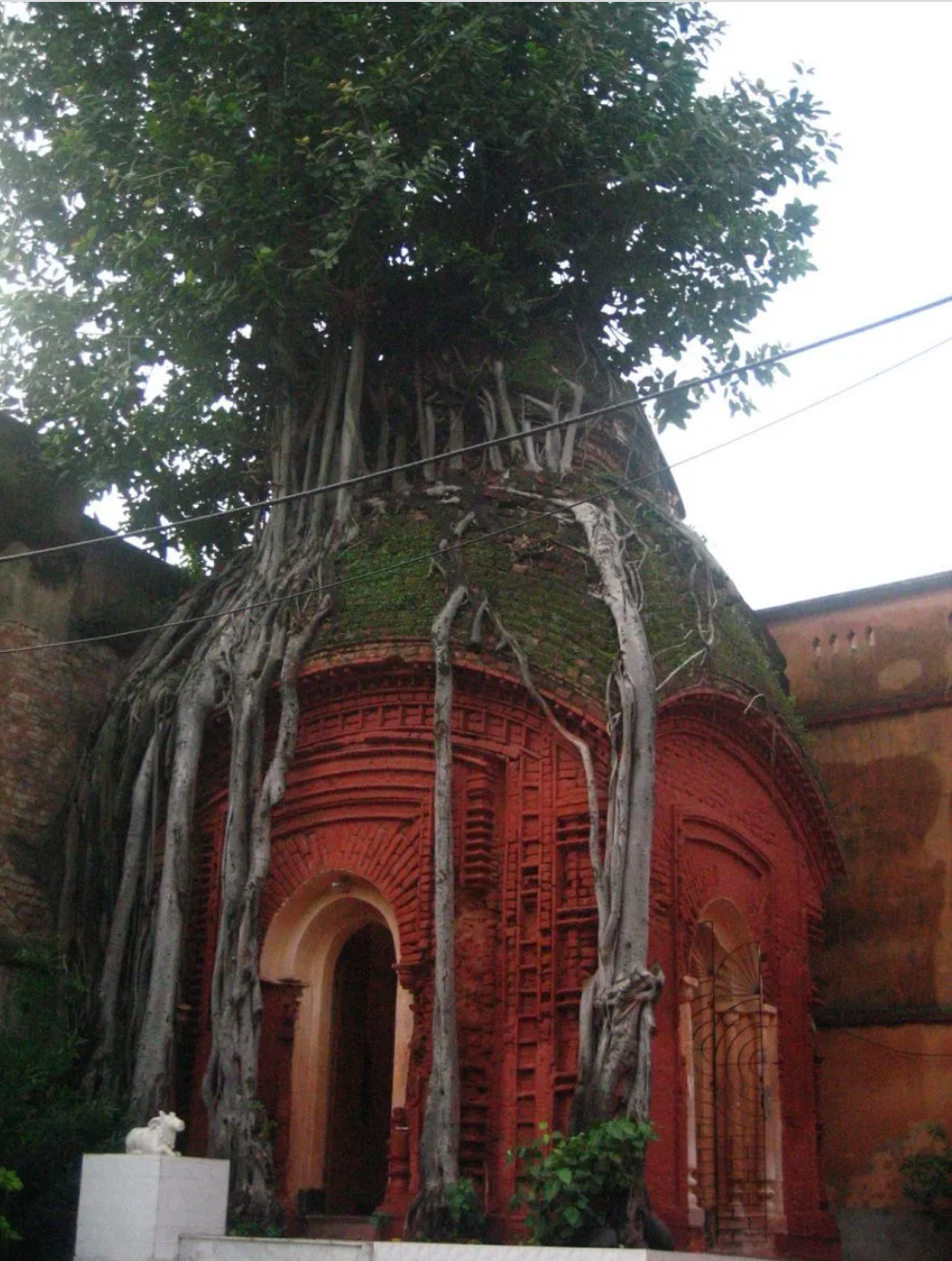
And in most places, the time hasn’t moved, even if it has been plastered over by garish new paint or political rally posters.
Hand-pulled rickshaws take a lazy afternoon off; salmon-pink roaks (pillared verandas) inviting siestas, as they’ve probably done for years.
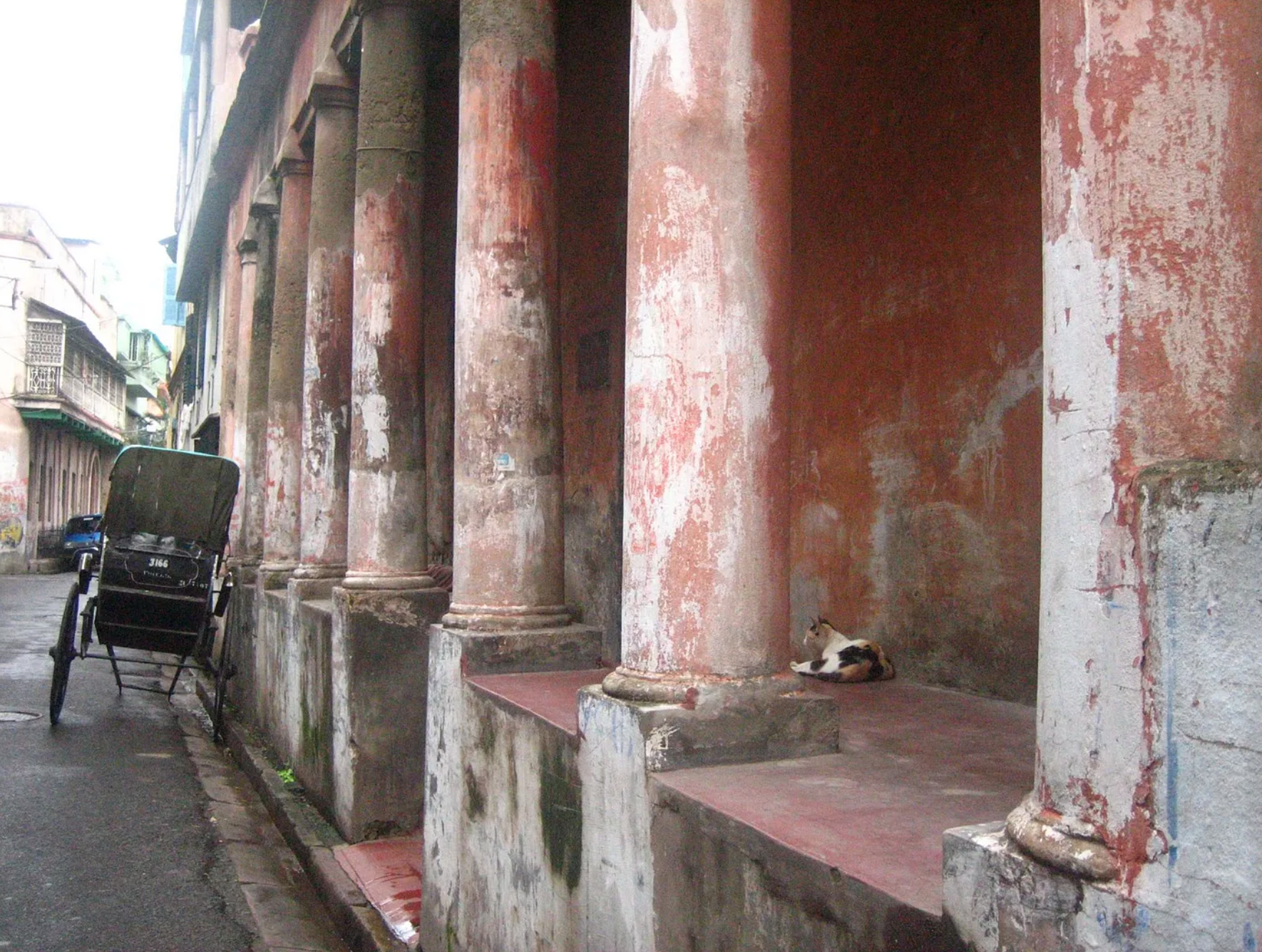
Look around and ask around. There are stories everywhere.
*Charulata is a 1964 Indian drama film directed by Satyajit Ray, based on a novel by Rabindranath Tagore
All photographs: Reshmi Chakraborty/Silver Talkies
Do you love walking around and re-discovering a city you love? Share your experiences or memories of a city with us in the comments below.
Comments

Achintya
11 Apr, 2023
Enjoyed reading the write-up. Though a resident of the southern part of Kolkata since my school and college days, the 'north Kolkata' had always attracted me. Perhaps the true Bengali Culture of strong bondage among neighbors, among didi and dada s of the locality (para), love for food, music, films and plays, chats with friends (adda) in the nothing-to-do hours and so on had been so distinct there. Your mention of Charulata struck a chord. I believe it to be the best made movie by Ray and moving a little further 'Nashtaneer' one of the best fictions penned by Tagore. That look through window shutters is an apt description of North Kolkata in your piece. Some of the photos are nostalgic - a hand drawn rickshaw parked on the road side, a shiva temple with roots of a tree around it or the narrow lane - gave a good glimpse of the time and place. Liked your style of writing, keep writing for us.

Laila
28 Mar, 2023
Your article was an interesting read. I felt transported to a different time. I've never been to Calcutta but now I feel I have seen a bit of it.

Lakshmi Raman
23 Mar, 2023
I love your writing style Reshmi. It is friendly and invites further exploration. Your article took me back to not long ago when from 2014-2018, I was visiting Kolkata to evaluate child protection projects of NGOs. I travelled to Howrah and passed Hind Motors, then Joka, the thakurbari of Tagore, and wondered what life must have been like for upper class women in those times. Comfort and luxury, yes, but freedom to explore the wider world, no!

mrs Chandrika Desai
23 Mar, 2023
Reshmi, it is truly nostalgic for me as I have moved around these streets in search of different kind of things, eg. Textile Printing blocks, Ivory Bangles and so many more things. For me to procure things , will go anywhere and everywhere.


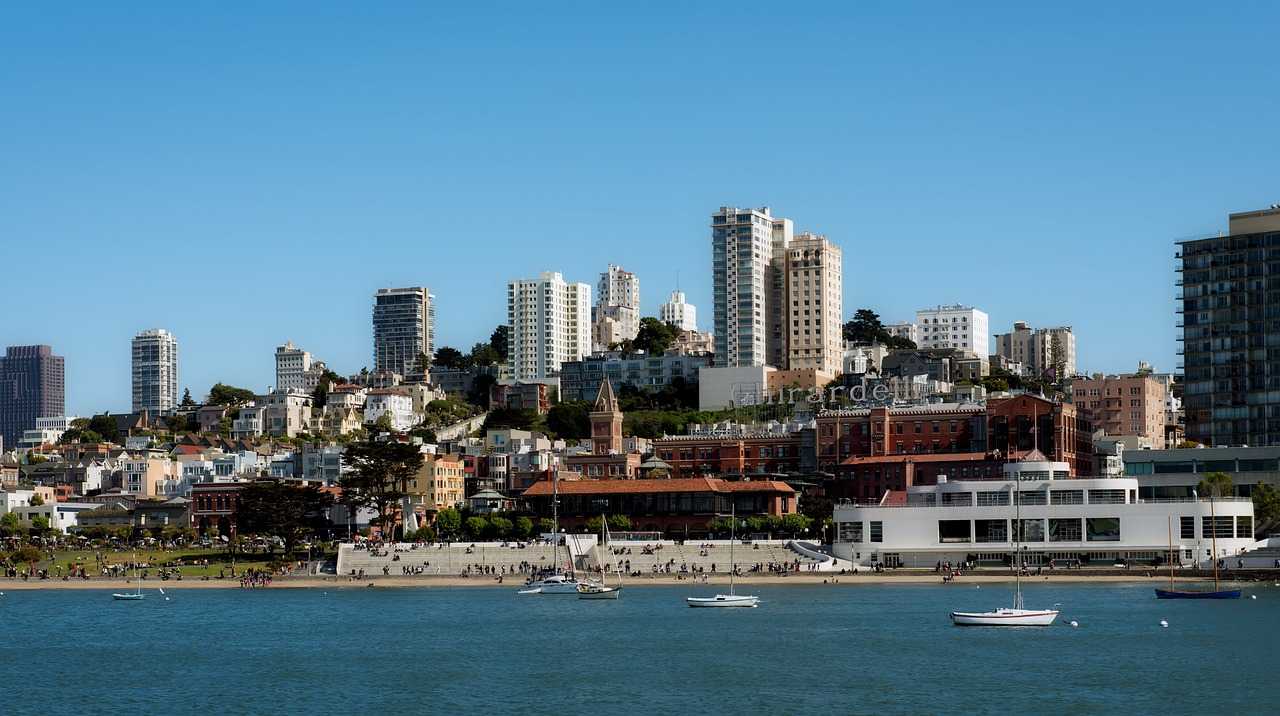
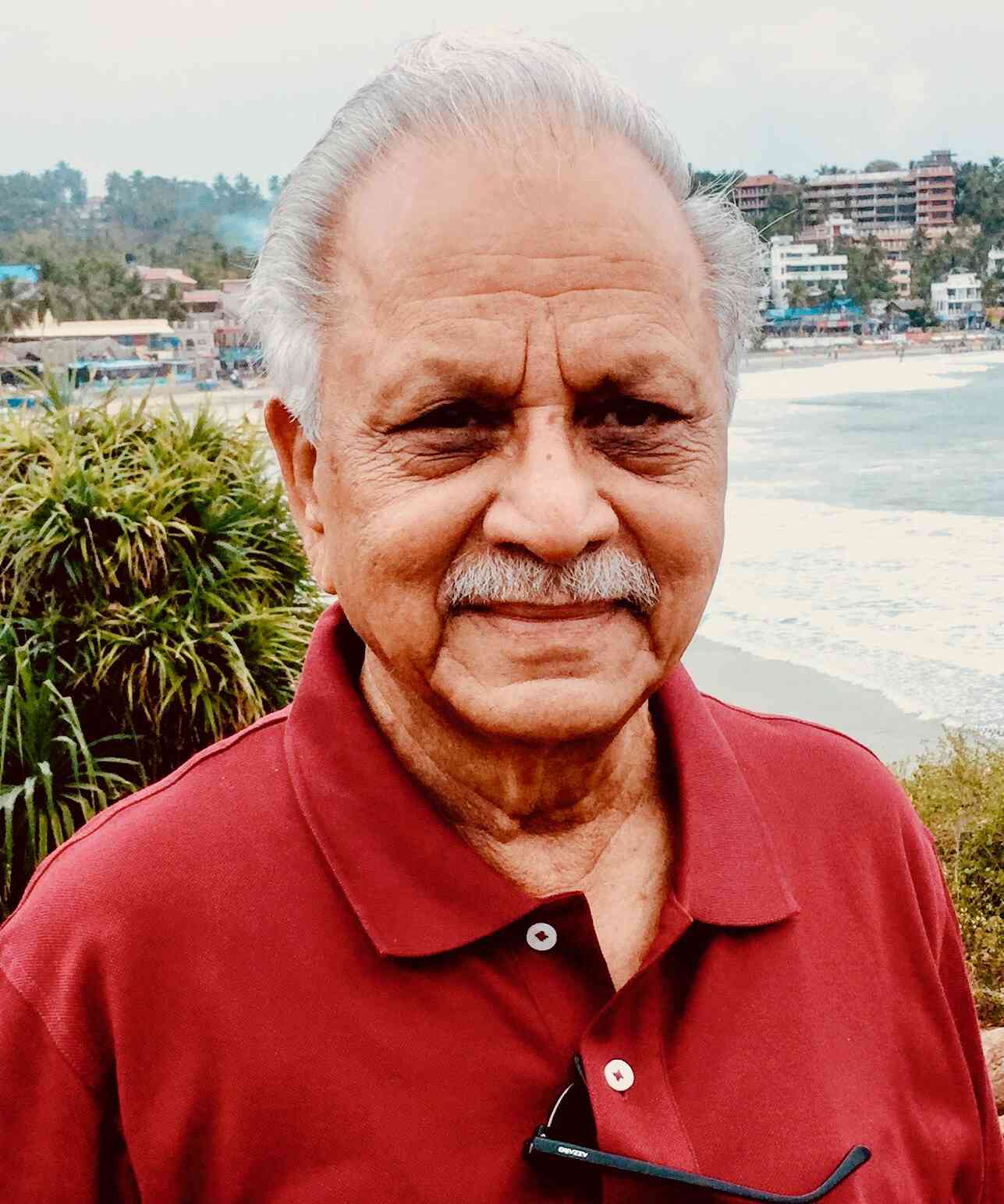
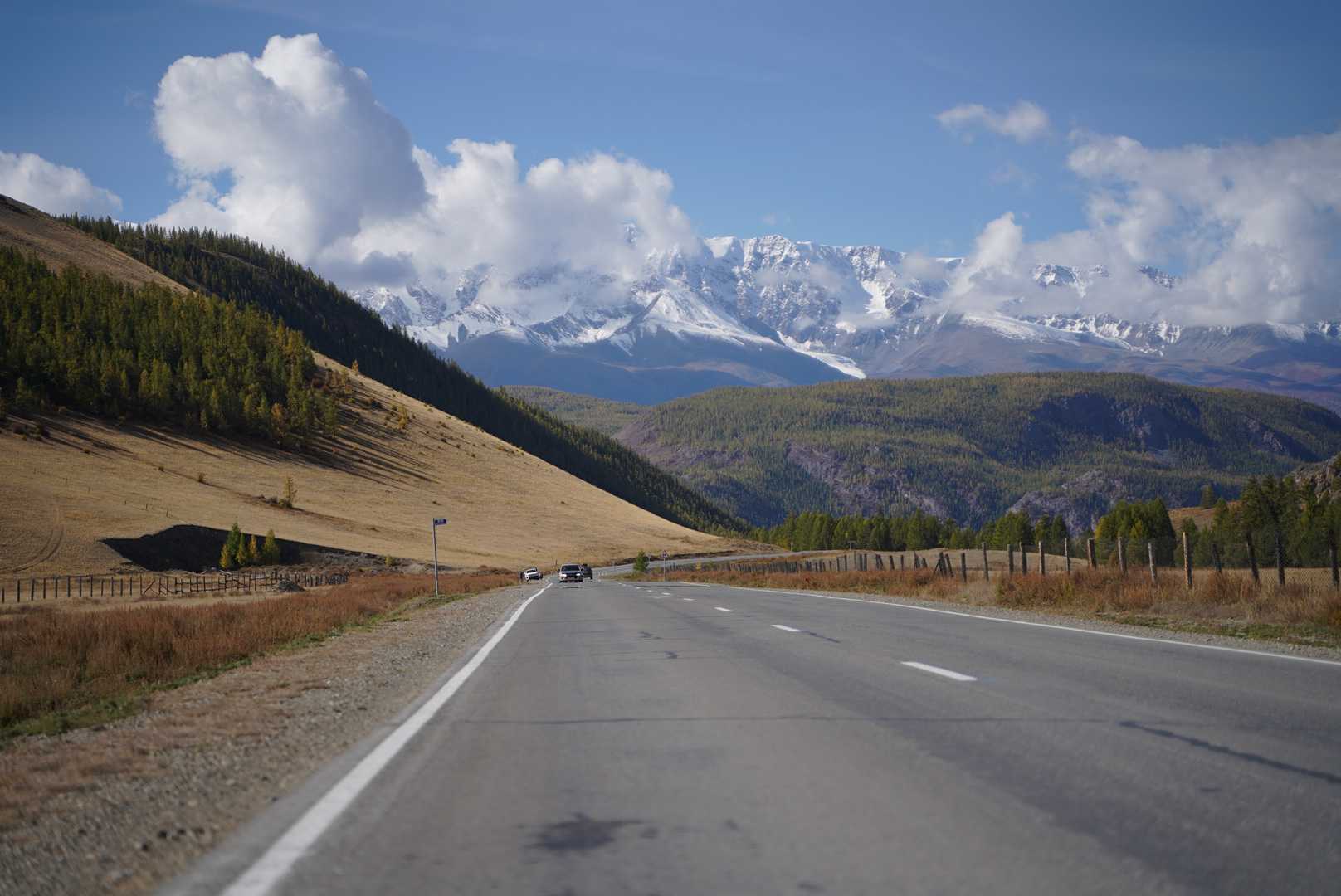
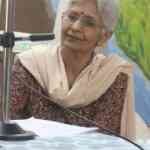
Post a comment